概要

Protein-RNA interactions play important roles in multiple post-transcriptional regulation processes such as RNA cleavage, transport, sequence editing, intracellular localization and translational control. RNA immunoprecipitation (RIP) can be used to detect the association of individual proteins with specific nucleic acids. RNA immunoprecipitation sequencing (RIP-Seq) is a revolutionary technology that reveals the interaction of RNA and RNA-binding proteins at the genome-wide level. RIP-Seq maps the sites at which proteins are bound to the RNA and provides single-base resolution of protein-bound RNA.
Service SpecificationsApplications
- Applications range from transcriptional regulation to developmental pathways to disease mechanisms and beyond.
Advantages
- Academic Service: Novogene provides scientific service and meticulous design to guarantee high-quality research results from material selection, library preparation and sequencing, to data analysis.
- Data Quality: Unsurpassed data quality with a guaranteed Q30 score ≥ 80% that exceeds Illumina’s official benchmarks.
- Comprehensive Analysis: Professional bioinformatic tools enables protein binding site screening and identification from transcriptomic perspective, and invetigation of in-depth interpretation of target RNA-protein interactions.
Sample Requirements
| Sample Type | Required Amount | Peaks Distribution | Purity |
|
Enriched RNA Sample
|
≥100 ng (Concentration ≥3 ng/μl)
|
For unfragmented sample, the main peak should be higher that 1000bp.
|
OD260/280>2.0 |
| No degradation or DNA contamination |
Sequencing Parameter and Analysis
| Platform Type | Illumina Novaseq 6000 |
| Read Length | Pair-end 150 |
| Recommended Sequencing Depth | ≥ 20 million read pair per sample for the species with reference genome |
| Standard Data Analysis |
|
Note: For detailed information, please refer to the Service Specifications and contact us for customized requests.
Project Workflow
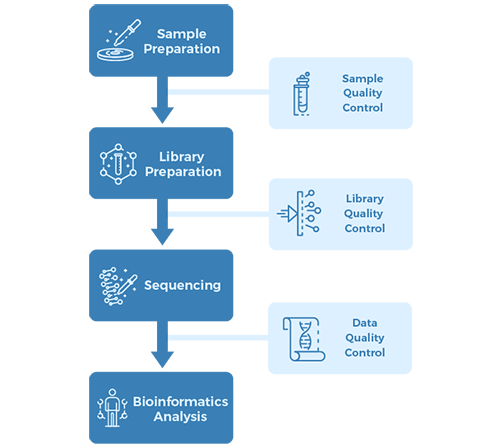
Sampling & Sequencing Strategy:
2.1. Samples:
A2780s ovarian cancer cell lines
2.2. Library preparation:
RIP-seq library and RNA-seq library
2.3. Sequencing:
Illumina HiSeq, PE150
2.4. Bioinformatics analysis:
RIP-seq standard analysis and Gene expression analysis
Results:
1) Integrated analysis identifies SORBS2 as a key RBP that suppresses ovarian cancer metastasis and its expression is associated with clinical outcome of ovarian cancer patients
Through cross-referencing a list of RBPs in the published literature, public oncogenomic data analysis, and searching in the cBioPortal TCGA ovarian cancer dataset, 4 genes were identified and showed deletion in more than 5% of TCGA ovarian cancer samples (Fig. 1a, b). Only SORBS2 and MEX3D gene knock-down significantly increased the metastatic colonization capacity of ovarian cancer (Fig. 1c). Only SORBS2 was significantly correlated with overall survival of ovarian cancer patients in the Australian Ovarian Cancer Study (AOCS) dataset (GSE9891) (Fig. 1d).
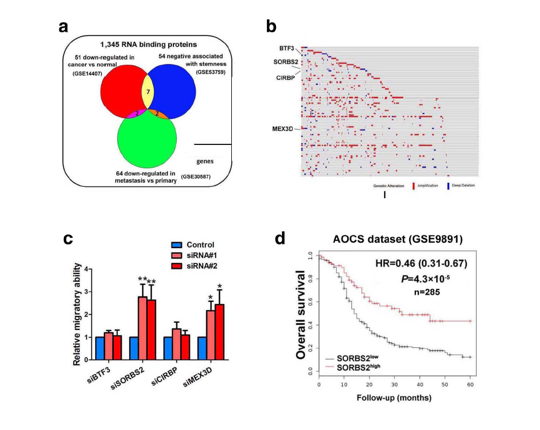
Figure 1. Outline of the screening strategy identifying the RBP SORBS2 as a key suppressor of metastatic colonization of ovarian cancer.
2) WFDC1 and IL-17D mRNAs are bound by SORBS2 and destabilized by SORBS2 depletion
RIP sequencing was performed to identify endogenous RNA targets of SORBS2 in ovarian cancer cells (Fig. 2a). Relative transcript levels in treated SORBS2-depleted or control A2780s ovarian cancer cells were determined through transcriptomic sequencing, revealing a set of transcripts whose stability was deregulated upon SORBS2 loss. A proportion of transcripts bound by SORBS2 was found to overlap with the group of transcripts destabilized by SORBS2 knockdown compared with transcripts with no SORBS2-dependent changes in stability (Fig. 2b). Among the 91 gene transcripts potentially bound and stabilized by SORBS2, seven transcripts encoding secreted proteins attracted our attention since we focus on potential interactions between ovarian cancer cells and the tumor microenvironment during the metastatic process (Fig. 2c, d). WFDC1 and IL-17D exhibited reduced steady-state levels upon SORBS2 knockdown in both cell lines.
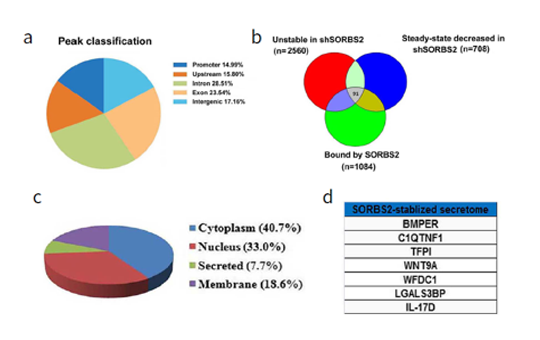
Figure 2. SORBS2 depletion affects the stability of transcripts directly bound by SORBS2.
Conclusion:
This study takes advantage of the combination of RNA-seq and RIP-seq technology to illustrate a novel post-transcriptional network that links cancer progression and immunomodulation within the tumor microenvironment through SORBS2-mediated transcript stabilization.
Reference: Zhao L, Wang W, Huang S, et al. The RNA binding protein SORBS2 suppresses metastatic colonization of ovarian cancer by stabilizing tumor-suppressive immunomodulatory transcripts[J]. Genome Biology, 2018, 19(1): 35-35
Figure 1 Plots of strand cross correlation.png
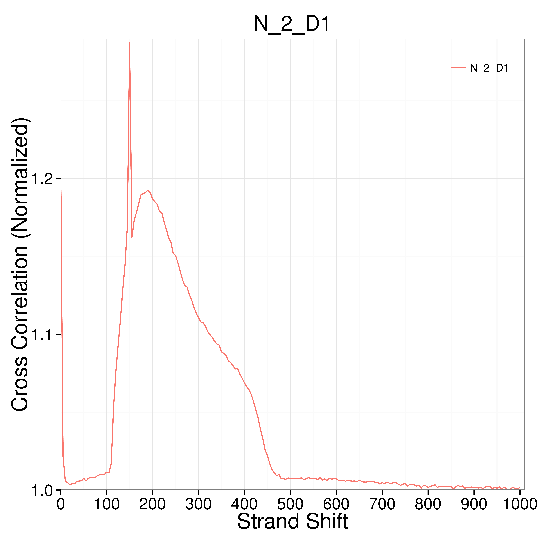
Figure 2 Motif analysis.pdf
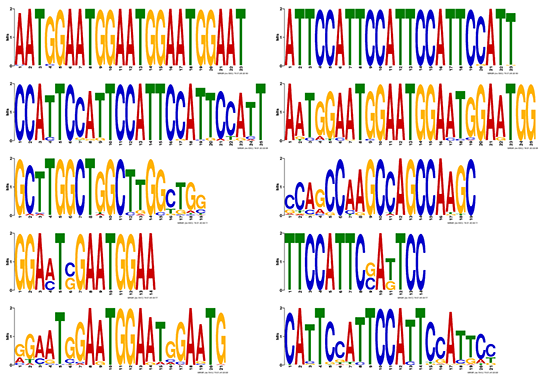
Figure 3 Enrichment analysis among samples.pdf
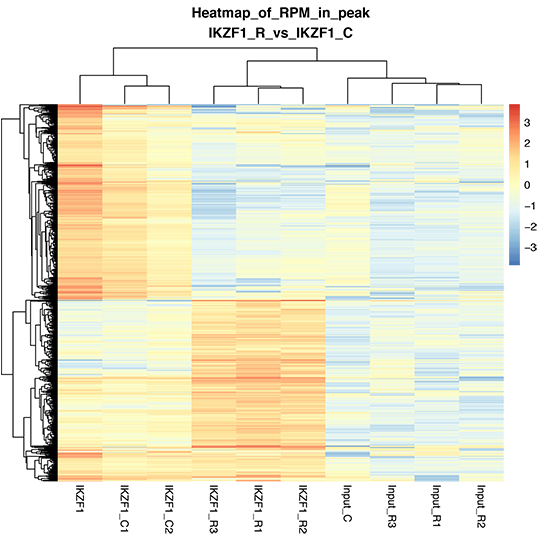
Figure 4 GO enrichment.png
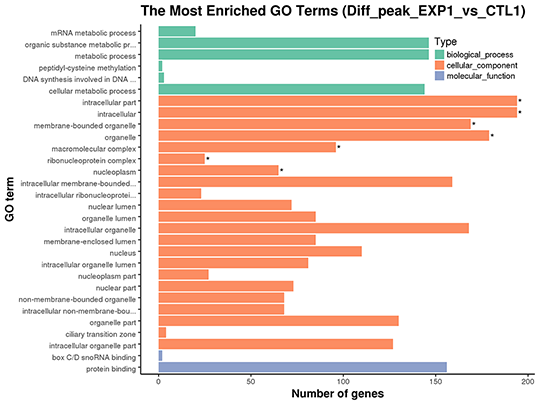
Figure 5 KEGG enrichment scatter.png
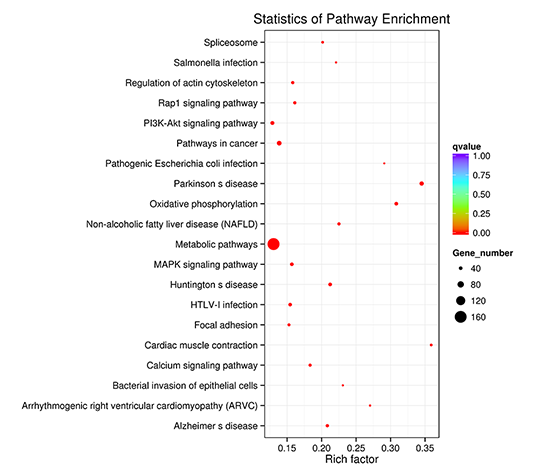
More Research Services

